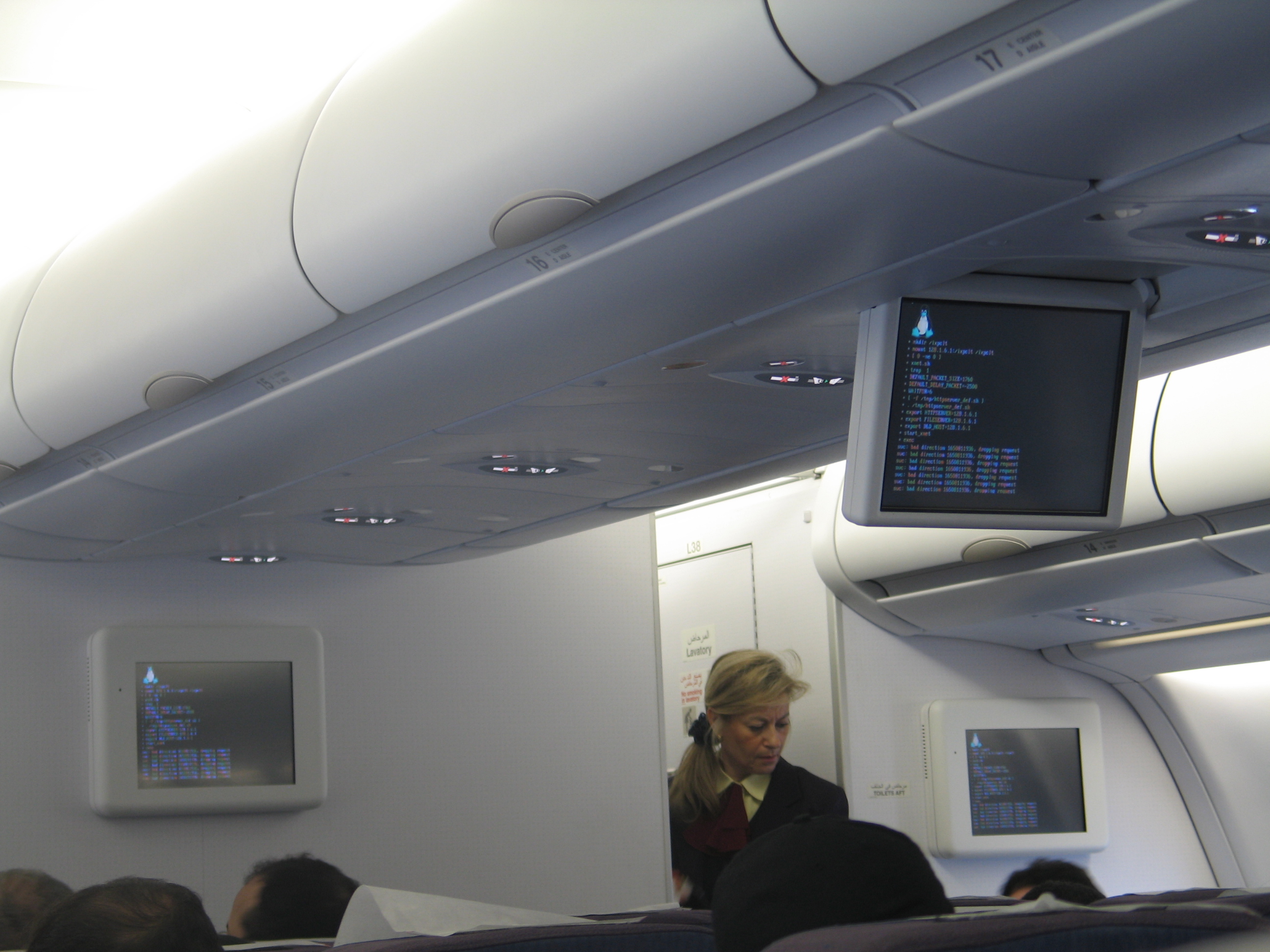Choosing Filesystems and devices for home server
With the release of openSUSE Leap 42.2 just 25 days away, I'm considering to move to it, from my current openSUSE 13.2 Harlequin. I had skipped Leap 42.1 Malachite not for any technical issues with Leap itself, but because I've been pretty tied up learning about Mac OS for work, and because I've been very happy with Harlequin anyway. But it'll reach end of life in Q1 2017 so it's time to upgrade, and I will go to the newest Leap release when it's out. The rolling release Tumbleweed is still not an option for me: not when I have an NVidia GPU and also want to play with CUDA and run VirtualBox VMs.
When I moved house back in 2013, I made a number of rushed decisions and among those was to accept the default filesystem suggestion from Harlequin's YaST installer: use btrfs for the /root volume, and XFS for /home. I also put both of these into LVM volumes on the computer's 128G SSD, with about 40G for /root, 8G for swap and the rest for /home thinking "It's LVM, so I can resize the volumes later if this doesn't work out." .... Well, yes, you can resize LVM volumes, but the filesystems contained within behave differently. It turned out that I wanted to grow /root by taking away some space from /home, but I hit a snag: XFS filesystems can't be shrunk, only grown. Bummer.
This time around I will take the opportunity of the upgrade to reformat my /home volume, but the questions are:
- Which filesystems to choose from?
- Which filesystem for
/homeis best? - Where to put
/home?
Should I have my home on my fast, but pokey SSD, or should I move it to a slow(er) but expansive HDD? Come to think of it, what about tiered storage in general? (SSD, HDD, "cloud", backups, archives). How should I manage these volumes in a non-intrusive way?
So here are my thoughts and plans.
